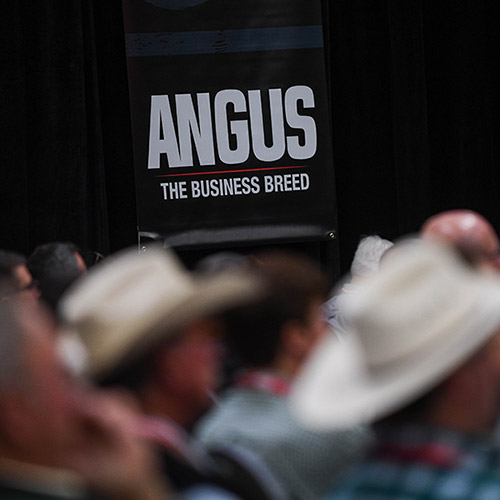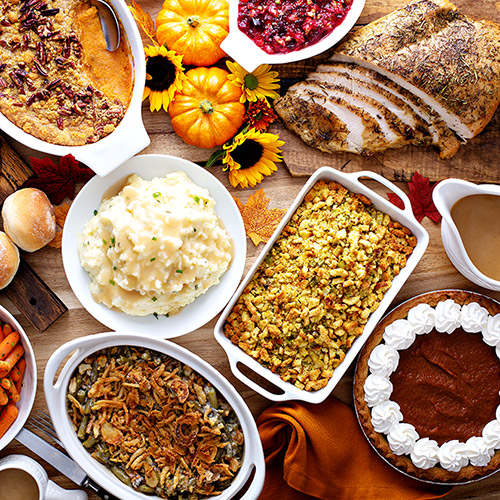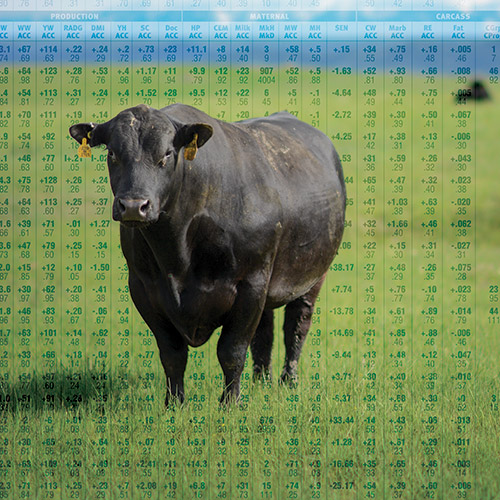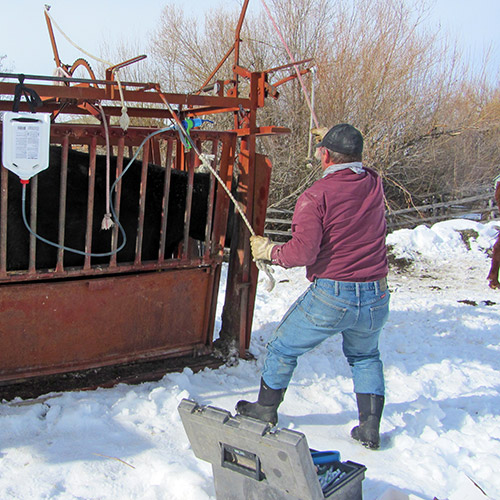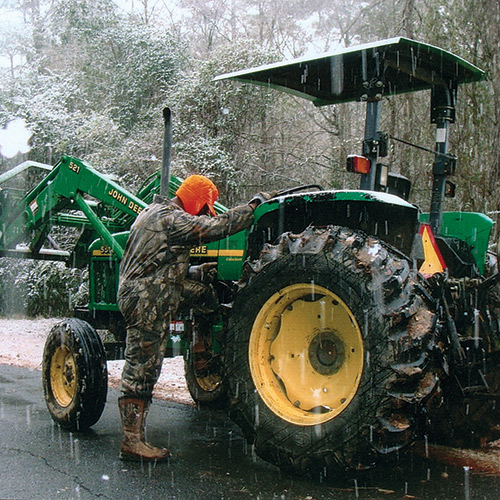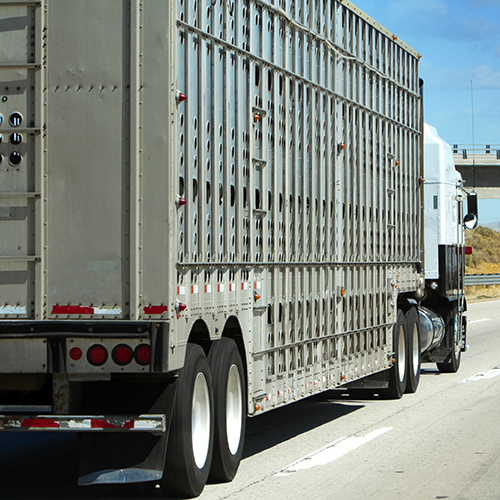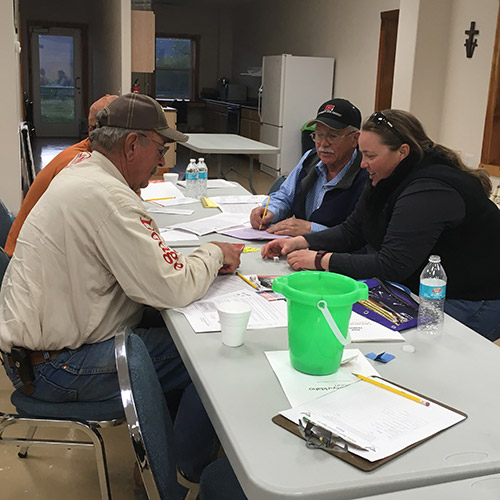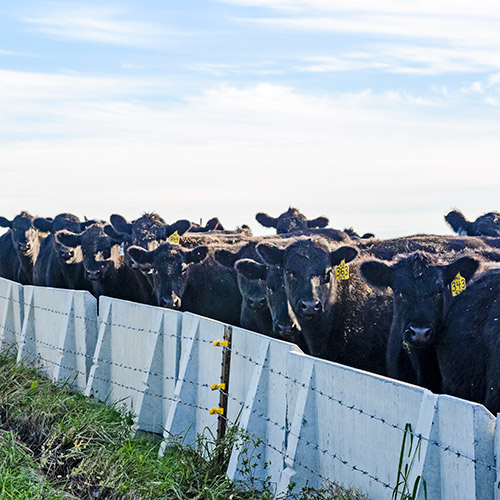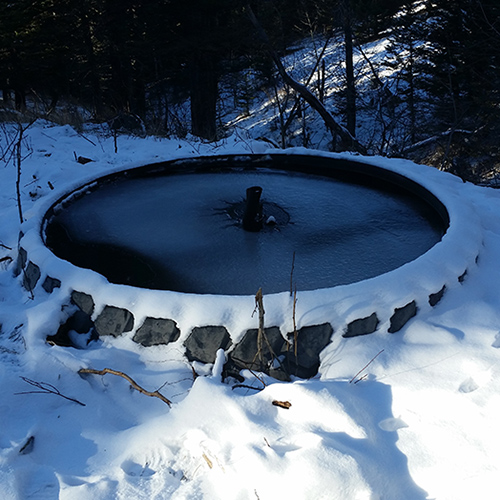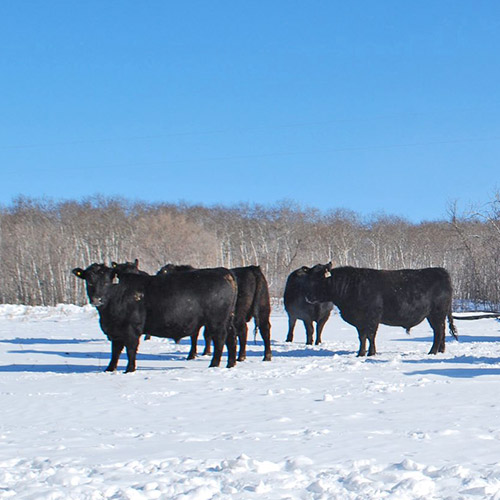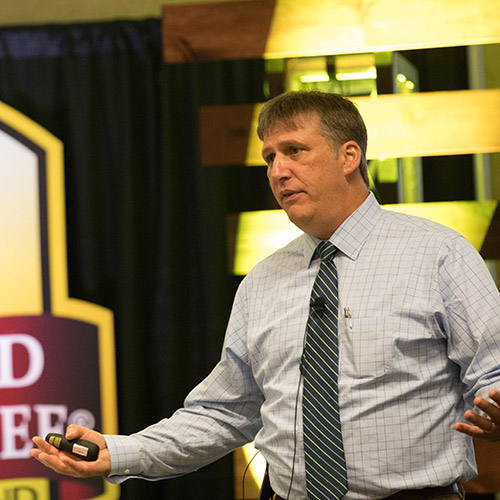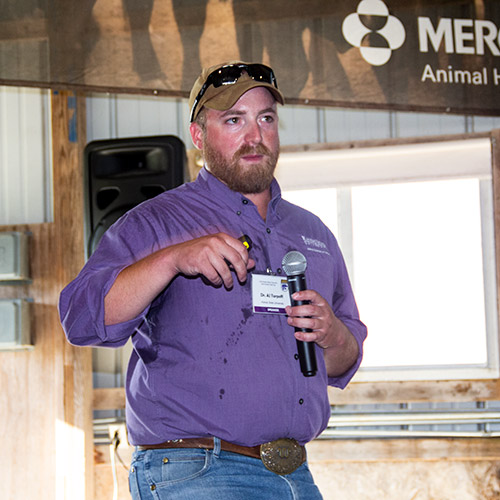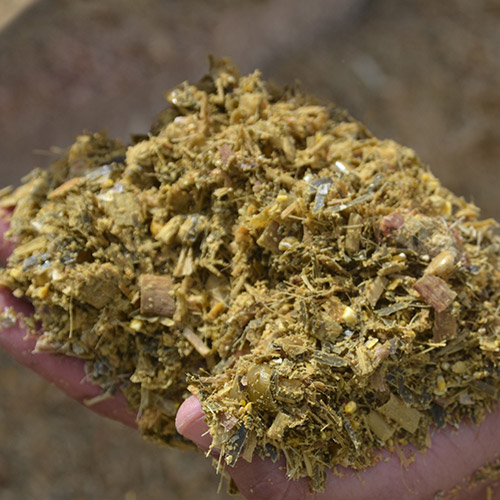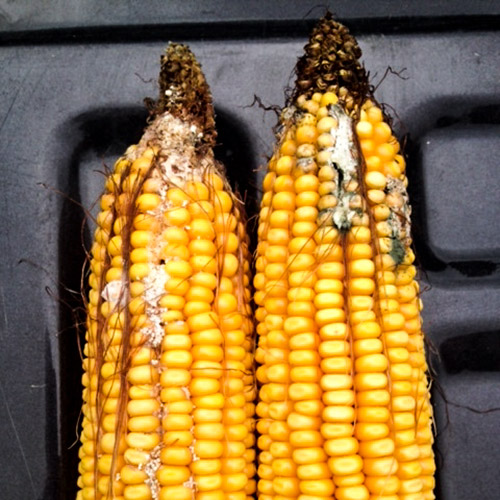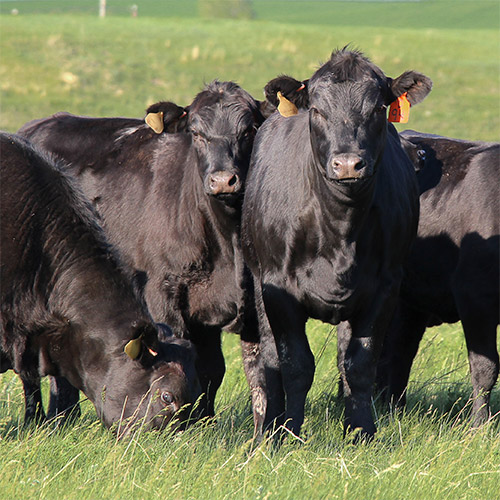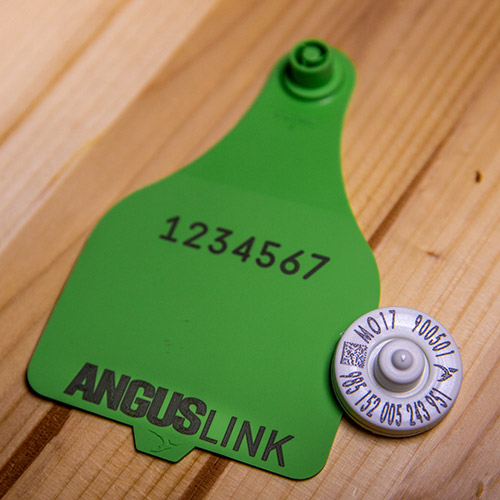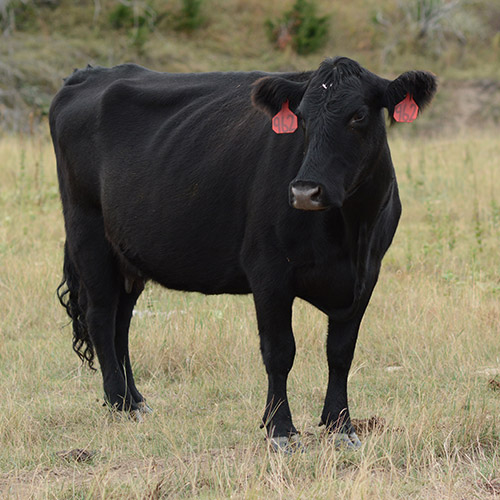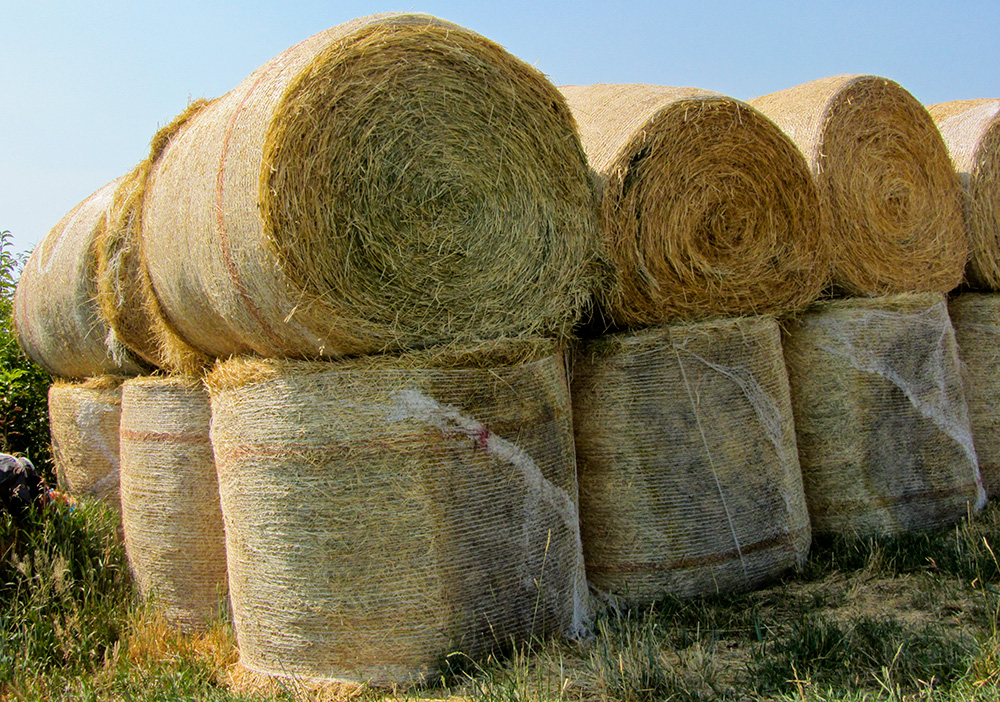
Hay-buying Tips
If adverse summer weather made hay buying a necessity, here are tips to make the best purchases.
Neal and Amanda Sorenson of Powder River Angus Ranch, Spotted Horse, Wyo., purchase hay most years.
Neal says they try to buy good-quality hay that doesn’t have weeds, because they don’t want to bring any weeds to the ranch.
“Sometimes when we need to buy a lot of hay, we’ve purchased malt barley straw to help stretch our forage at less cost. It’s softer than wheat straw, cows eat it better, and it’s usually weed-free because there can’t be any weeds in barley that’s made into beer. There’s usually a little grain in it. This makes good feed at about half the price of hay,” he says.
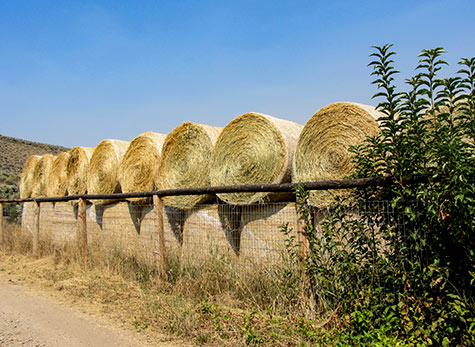 |
“We like to know the quality, and have the hay tested. Then we know the relative feed value, protein levels, etc.,” Neal says. The test also checks nitrate levels. If grain was put up for hay during a dry year, nitrate poisoning is a concern. |
This can stretch the hay dollar by letting the cows fill up on straw, with a little alfalfa fed as a protein supplement.
“The truckers who bring our hay like to haul big square bales rather than round bales because they are not over-width. Trucking may cost as much or almost as much as the hay itself. They usually charge by the mile, and it’s usually something over $5 per mile,” Neal says.
This may vary by year, time of year, diesel prices, weather and distance. Truckers don’t like to go over mountains, or haul during bad weather when they might get stuck in snow or have to chain up, he says.
“One year we got a trailer with a pup behind it — as much hay as they could haul in one load, and paid $5.75 per loaded mile, for about 300 miles. We tried to put up a little hay last year, but it was really dry, and borderline on whether it was economical to put up (one-fourth of a ton to the acre) and the quality was not very good, so we had to buy some additional hay and truck it in.”
It also helps to know your hay source.
“We like to know the quality, and have the hay tested. Then we know the relative feed value, protein levels, etc.,” Neal says. The test also checks nitrate levels. If grain was put up for hay during a dry year, nitrate poisoning is a concern.
If you don’t have a convenient source for hay, there are websites and hay auctions where you can check current prices, and get contact information for sellers.
“The best situation is to get it nearby, so it doesn’t have to be hauled very far. If possible, go and look at it yourself, then figure out the freight,” says Neal.
“Truckers are a good source of information if you are trying to find hay. They know farmers who have a lot of hay. Truckers are the ones hauling it everywhere — and can see what the quality/condition is,” he adds.
There are also some video hay markets that test hay and video it.
“Most irrigated farms are selling alfalfa. We prefer grass for our beef cattle, because it gives a better fill and they do better on it,” he says.
Alfalfa is usually higher priced, unless the producer put it up too dry or wet or it got rained on during harvest. Then it comes down to trust, says Neal.
“With our seedstock program, we are also feeding bulls. I put up some grass hay a couple years ago and fed it to our bulls and they did fine, but my hay has a lot of cheatgrass — so the bulls got stickers in their eyes. When I ran out of hay, I bought some for the bulls. There is an advantage to buying good hay from someone else,” he says, noting you can shop around to get what you want.
Editor’s note: Heather Smith Thomas is a cattlewoman and freelance writer from Salmon, Idaho.
